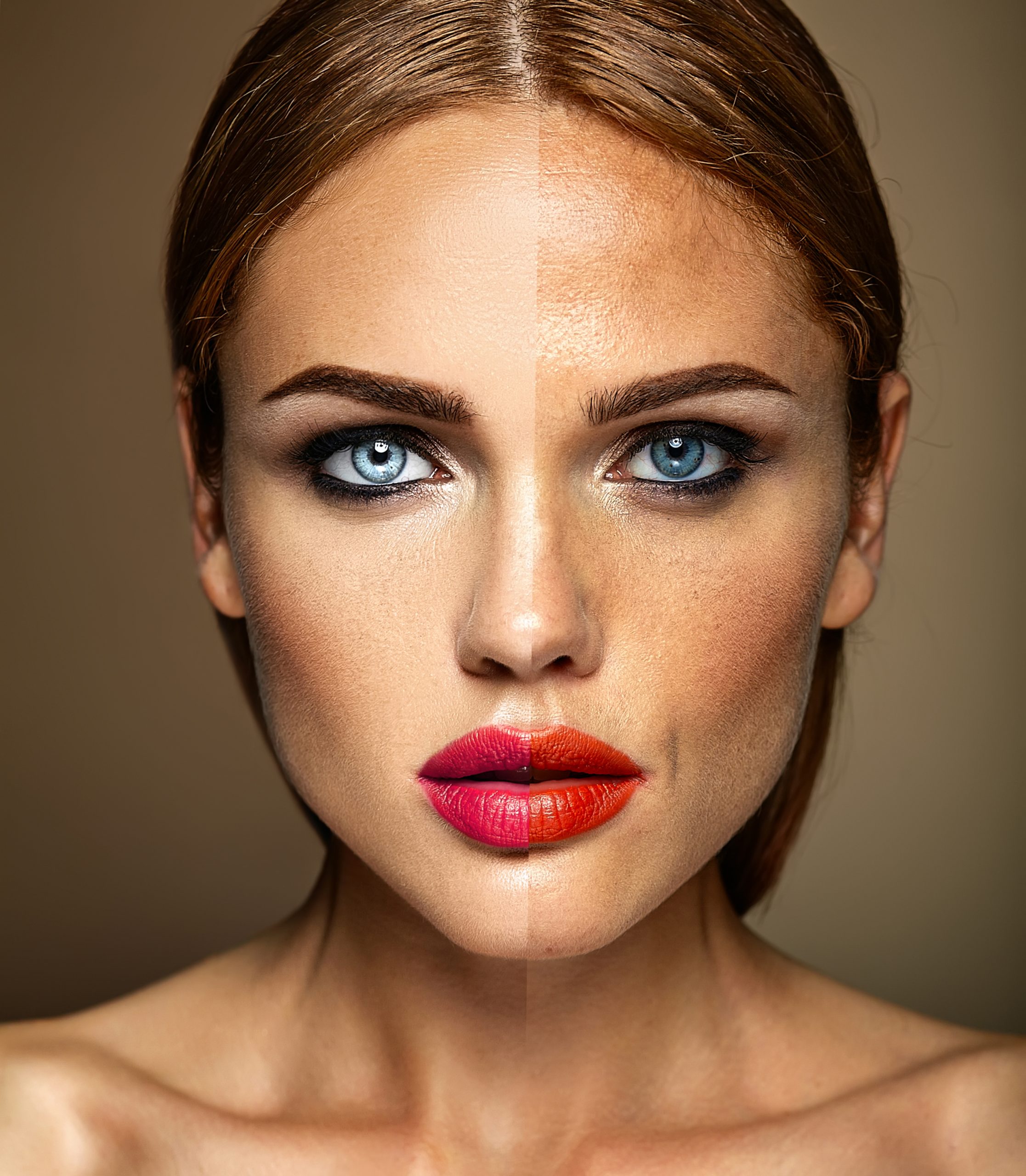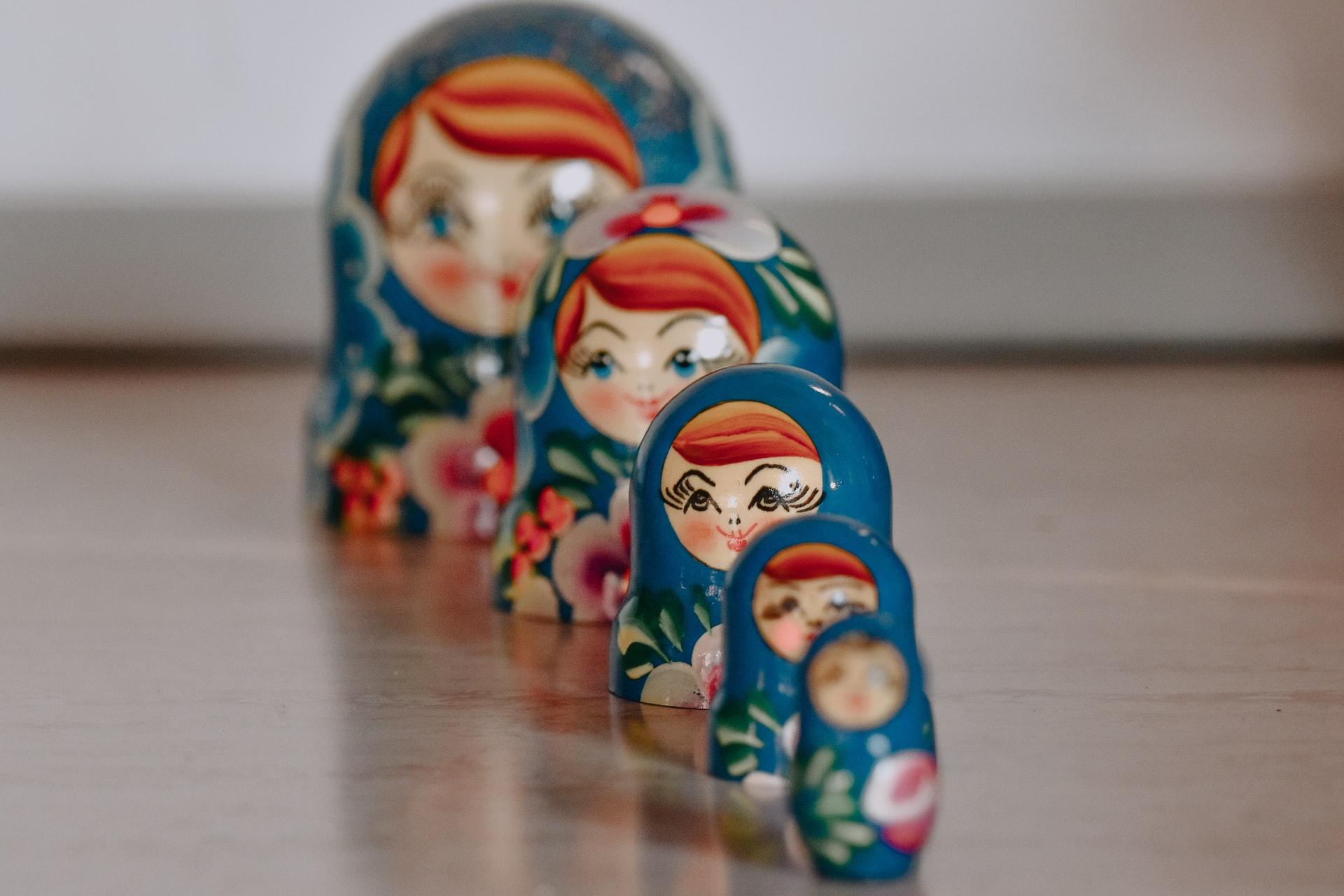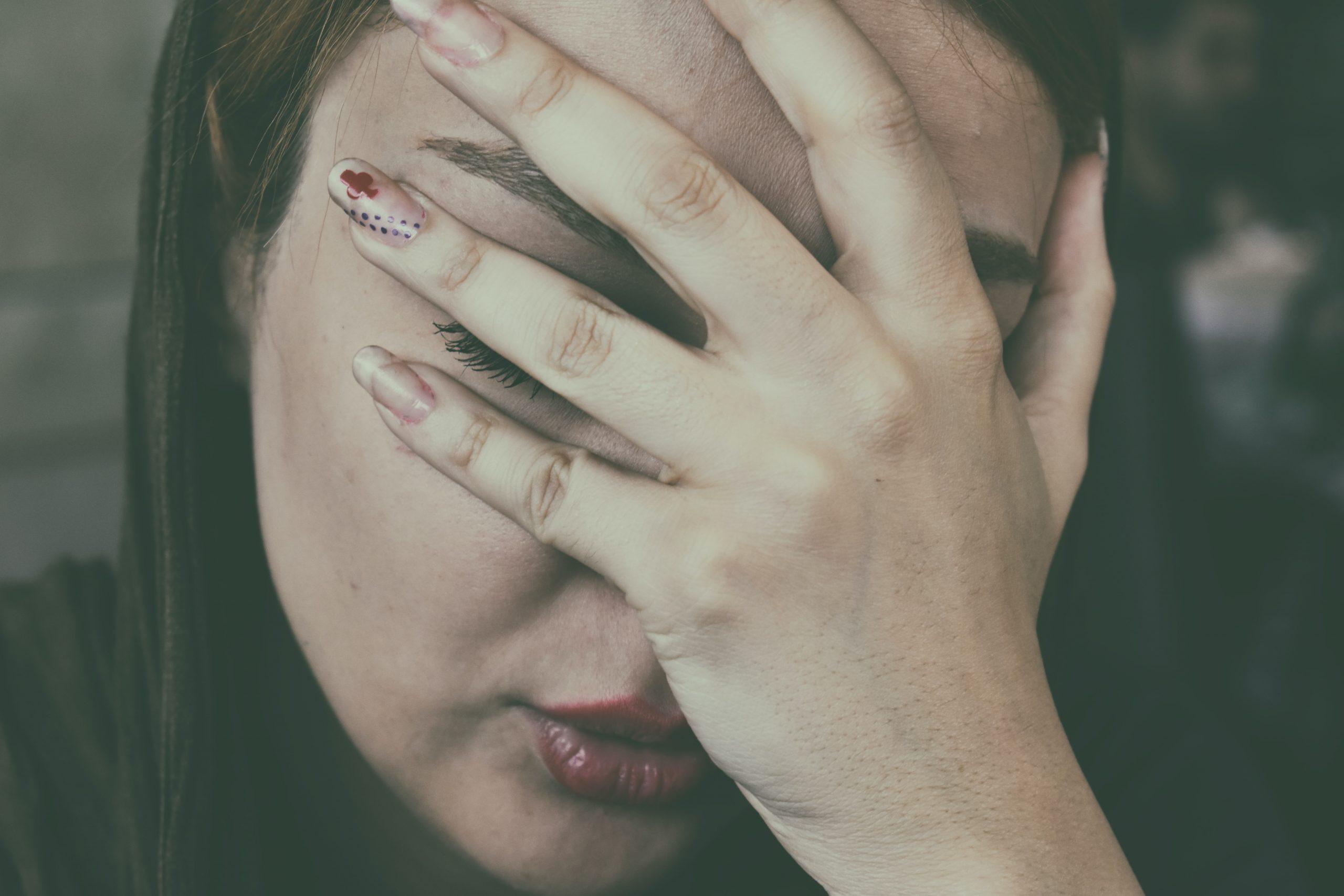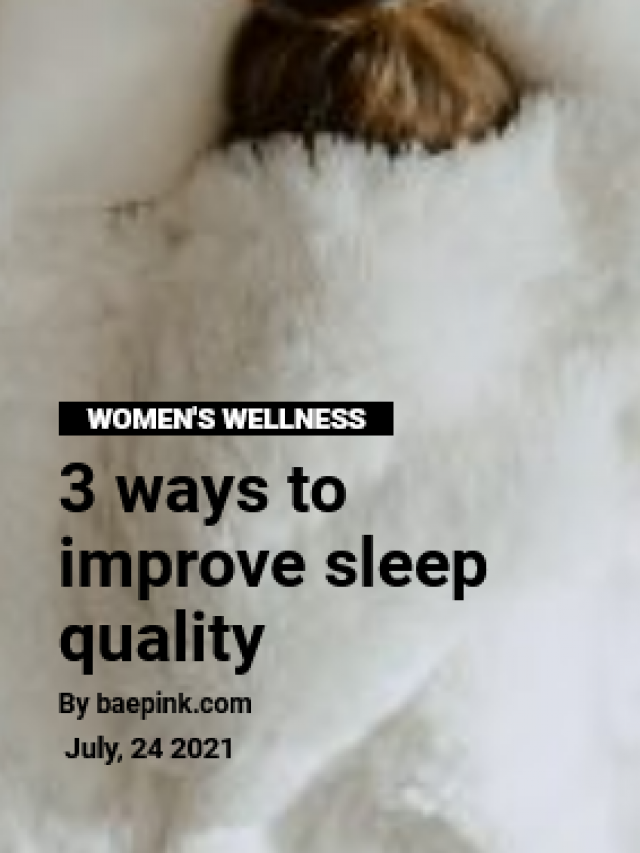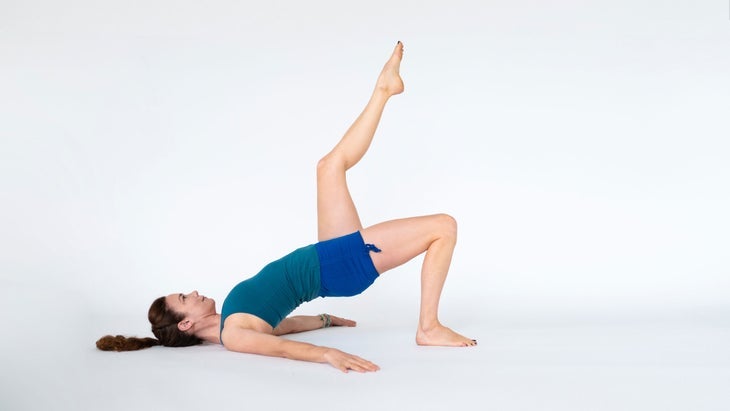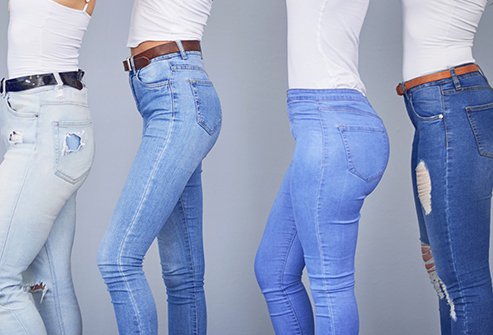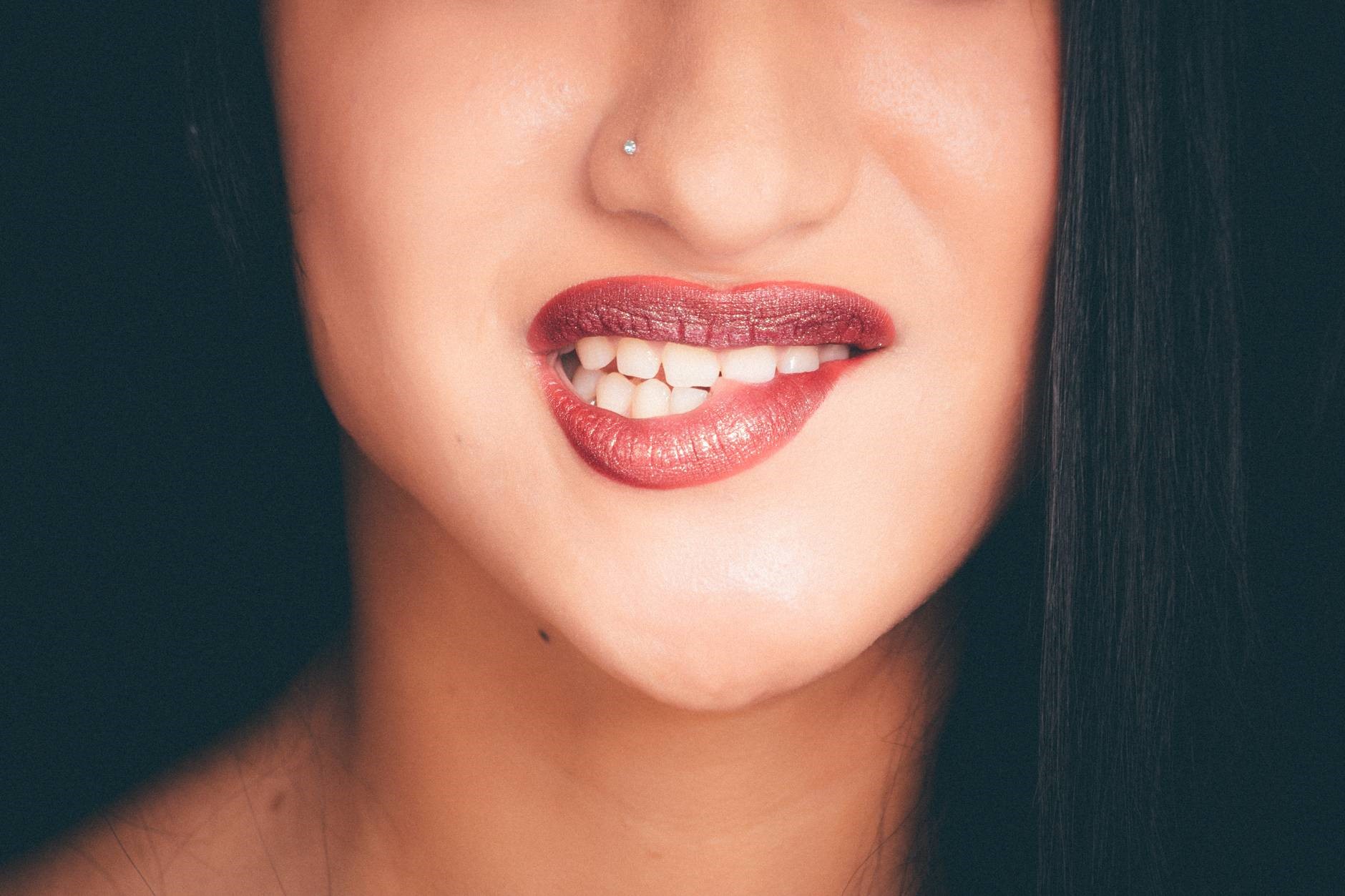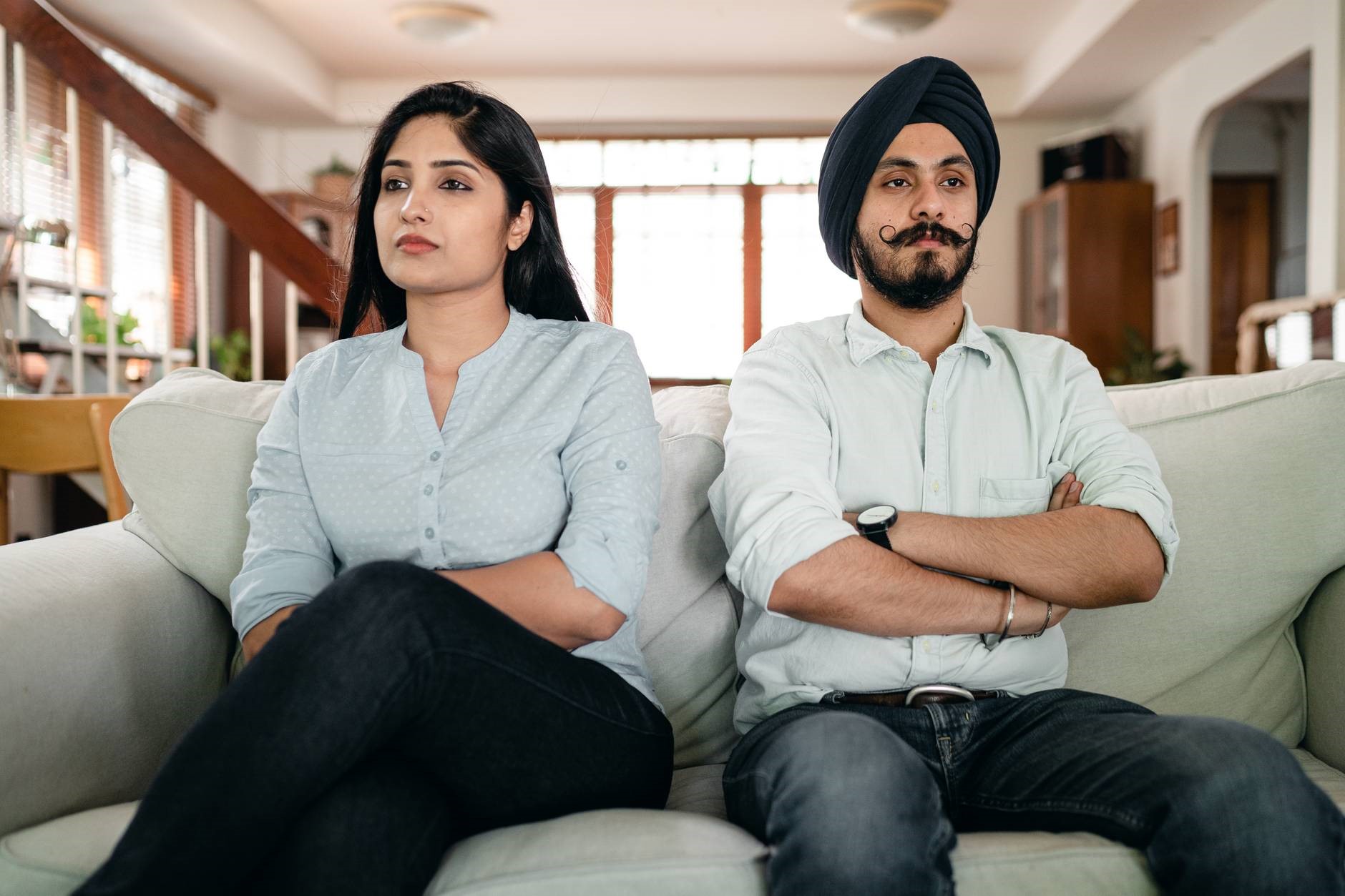Are you ageing in reverse?
Can I please see your ID?
Who wouldn’t be thrilled to receive such compliments? But it seldom stays for long. And we’re responsible for it. Ageing is inevitable, till we are alive. Everyone would love to live long and still look young. It is impossible to have both. But you can find means and ways to look younger than your age, naturally and not cosmetically.
The game of looks
The facial appearance of a person does not always reflect their real age; some people look younger or older than they really are. Well, most of us want to look younger than our real age.
It is scientifically proven that women are more accurate in perceiving others age as compared to men.
A Nkengne et al., JEADV 2008
The difference between real (intrinsic) age and perceived (extrinsic) age can be defined as biological processes which may occur concurrently:
- The passage of time, termed real ageing and
- Environmental influences, termed perceived ageing.
The two major environmental influences are: (i) Long term exposure to solar ultraviolet (UV) irradiation (called photoaging) and (ii) smoking.
Keeping your young look in check – No new wrinkle on old skin.
Taking care of yourself superficially will not help in the long run. The factors that affect our perceived age are
- Physical factors
- Psychosocial factors
It has to be a balance of both physical and mental. If both these parameters are addressed properly, your healthy body and mind will keep you young from the inside.
Physical factors that are associated with perceived age.
General ageing research is largely regarded as the changing of the skin characteristics, such as wrinkles and age spots. It is important to study the impacts of facial movement to explain ageing impressions. It is believed that lifestyle factors can have notable long-term effects on perceived age.
40% of the change in perceived age is due to nongenetic factors.
Christensen et al., 2009
The eye area and the skin colour evenness are considered as the central characteristics associated with perceived age. There are two major changes that especially modify the facial appearance and have been observed to influence or at least foretell perceived age. These changes are all due to intrinsic ageing and photoaging:
- Wrinkles and sagging
- Wrinkles and sagging have been shown to be significant signs in the perception of age. This is increased due to prolonged sun exposure and the deposition of abnormal amorphous material like glass, rubber, and plastics.
- Pigmented spots and Dark circles around the eyes
- Dark spots have been shown to play a prominent role in perceived age. Dark spots are due to haphazardly spread melanocytes, exposing areas of the increased number of melanocytes that are caused by cumulative photodamage. Facial skin appearance is also altered by excessive pigmentation to thin transparent lower eyelid skin.
The results showed that cheek movement affects age impressions and that the impressions increase depending on the model’s age.
These findings will facilitate the development of new means of provoking a more youthful impression by approaching anti-ageing from a different viewpoint of facial movement.
Psychosocial factors that are associated with perceived age.
In particular, the following three psychosocial factors are among the most critical for mental health.
Mental health considerably mediated the link between these psychosocial resources and a younger appearance.
- Optimism: Positivity, has been consistently proved to be an essential inner means for improving mental and physical health. For example, people who scored well on optimism were less prone to develop coronary heart disease and showed lower overall mortality, compared with people who got low on optimism.
- High self-esteem: described as the individual’s relationship with self. It looks like a protective factor against depression and anxiety symptoms. Low self-esteem is a primary basis for the association of a wide range of mental disorders such as major depression, bipolar disorder, and borderline and avoidant personality disorders.
- Relationship satisfaction: Relationship satisfaction has been associated with both optimism and self-esteem. In addition, it is linked to decrease perceived stress, less depressive mood, decreased cortisol levels, and greater life satisfaction. High relationship satisfaction shows better physical and mental health.
Related article: Read about the “Science behind falling in love“
One of the studies demonstrated that optimism, self-esteem, and relationship satisfaction are indirectly associated with a younger appearance.
Look younger and age gracefully.
The speed of ageing is influenced by both internal as well as external factors. Many women are unaware of which factors are prominently affecting their ageing. There are very few facial parameters that can guide you if your perceived age will be younger or older than the actual. The following are the factors that can guide you with the way the changes take place:
| Real ageing of the skin (Intrinsically) | Perceived ageing of the skin (Extrinsically) |
|---|---|
| Fine wrinkling | Rough or harsh wrinkling |
| Smooth texture | Roughened texture |
| Clear complexion | Sallow complexion |
| Uniform pigmentation | The pattern of irregular marks, spots, streaks, blotches or patches of different shades or colours pigmentation |
| Gradual loss of elasticity | Marked loss of elasticity |
Everyone is going to age, do not shy away from looking their age. But there is a thing called “ageing gracefully” which can only happen when the impact of the external factors should be minimum while trying to strengthen yourself from inside.


